About Fermented Ragi Dosa
The vegan fermented Ragi Dosa recipe is made with a fermented dosa batter, like the regular classic Dosa. This one thus, has a longer process, since there are different batters that need to be ground and then mixed to get the final batter. It is also takes time, as the final batter needs to be kept for fermentation for best dosas. But is a better tasting and more healthier version than the Instant dosa made with ragi flour. Ragi or finger millet is a healthy seed and I do include them wherever I can. I make the Ragi Dosa with ragi flour and not the ragi seeds. However, you can make this dosa by soaking and grinding finger millet seeds as well. With the Fermented Ragi Dosa batter, you can even make yummy and hearty idli. I have also shared the recipe of Ragi Idli made with this batter. These dosas are both crisp and soft, and the idlis too are also soft and fluffy. So, you can make both idli and dosa with this batter. Like regular dosa, this Fermented Ragi Dosa also pairs well with coconut chutney, coconut-garlic chutney and sambar or even idli-dosa podi (dry chutney).
How to make Fermented Ragi Dosa
Soak Rice and Lentils
- Take 1 cup idli rice or parboiled rice (ukda chawal, sela chawal) in a bowl.
- Rinse the rice a couple of times with clean water. Add 1 to 1.5 cups water and keep aside.
- Rinse ¼ cup thick poha (flattened rice) once or twice and add to the rice bowl. Mix very well. Cover and keep aside to soak for 4 to 5 hours.
- In another bowl, take ½ cup urad dal and ¼ teaspoon fenugreek seeds (methi). 5. Rinse both for a couple of times. Then, soak both the urad dal with the fenugreek seeds in 1 cup water for 4 to 5 hours.
Make Urad Lentil Batter
- After 4 to 5 hours, drain the urad dal and add in a mixer-grinder jar. Also, add water in parts. Initially, I added ¼ cup water and blend or ground for some seconds. Then, I added ¼ cup water and continued to blend.
- Grind the urad dal and fenugreek seeds until you get a smooth and fluffy batter. While grinding, add water in parts. I added a total of ½ cup water for grinding urad dal. Once the batter is ground well, then pour the urad dal batter in a bowl or pan.
Make Rice Batter
- Next, drain the rice, poha and add them to the same mixer-grinder jar. Depending on your jar capacity, you can grind the rice in 2 to 3 batches. For the first round, I used ½ cup water and for the next round, I added ¼ cup water. So overall, I added ¾ cup water for grinding rice.
- Grind the rice till smooth or a fine granular consistency in the batter is also fine. While grinding, if the mixer-grinder becomes hot, then stop. Once the grinder cools down, then continue to grind.
Make Ragi Dosa batter
- Pour the rice batter in the same bowl containing the urad dal batter.
- Mix both the batters very well.
- Now, add 1 cup ragi flour (nachni or finger millet flour).
- Then, add ½ cup water. You can adjust the quantity of water, depending on the consistency of the batter.
- Mix very well with a wired whisk, spoon or with your hands. Break the lumps, if any. Mix to a smooth batter. A bit of handwork is required while mixing the ragi flour with the dosa batter. Alternatively, you can mix the ragi flour in ½ cup water in a separate bowl. Then, add this ragi batter to the rice and lentil batter. There would be no lump formation this way and also less strain while mixing.
- Cover the bowl or pan with a lid and let it ferment overnight, 8 to 9 hours or more depending on the temperature conditions in your city. The batter will increase in volume and double up. Note that in a cool or cold climate the batter will take more time to ferment. To speed the fermentation process, keep the batter bowl in a warm place in your kitchen.
- The dosa batter after fermentation on the next day. If the batter does not increase in volume, then add 1.5 to 2 tablespoons of curd ot yogurt and ¼ teaspoon baking soda in the batter. Mix very well. Let the batter rest for 30 minutes and then proceed to make dosa or idli.
- Add salt and mix very well. I added salt the next day, due to it being a cold season here. In a warmer climate, add salt before you keep the batter for fermentation.
Cook Ragi Dosa
- Heat an iron skillet/tawa or a non-stick pan. Dip half of an onion in oil and smear the oil on the iron tawa or griddle. If using non-stick pan, then don’t smear oil. Use a well seasoned pan so that the dosa does not stick on to it.
- Pour a ladle of the batter and quickly spread the batter with the help of ladle in a circular motion. If the batter is too thick for you to spread, add a few tablespoons of the water in the batter to change the consistency. Mix well and make dosa.
- Let one side cook. Drizzle ½ to 1 teaspoon oil on the top and sides.
- Flip and cook the other side of dosa till crisp and browned. Instead of cooking the dosa on both sides, you can just cook one side.
- When both the sides are cooked and crisp, remove the dosa. Make the dosa in batches using up the remaining batter. Keep any leftover in the fridge and use it within 2 to 3 days to make ragi dosa, or ragi Uttapam or ragi Paniyaram.
- Serve this healthy fermented Ragi Dosa hot or warm. Any leftover batter can be refrigerated for a couple of days.
What is Ragi
Ragi, also known as finger millet or red millet, is an ancient grain that first originated in South Africa and later came to India. In India, Karnataka is one of the top producers of ragi. In rural areas of South Karnataka, ragi is consumed as a staple food. These are tiny reddish seeds of the Eleusine Coracana plant. Just like this Ragi Dosa, mane other dishes are made using this grain, especially in the cuisines of Maharashtra and Karnataka. In Maharashtra, finger millet or ragi is also called as nachni. It is also known as mandua in Hindi, kezhvargu in Tamil and ragulu in Telugu. In India, ragi dishes are commonly fed to infants, lactating mothers and people recovering from illnesses. As ragi is easily digestible and very nutritious.
Culinary Uses of Ragi
In India, ragi is used to make the Ragi Dosa along with various other dishes like flatbread (rotti), idli, vermicelli, pudding, porridge, sweets, cookies, cakes and even breads. There is a special dish of ragi balls known as Ragi Mudde, which is a speciality from the cuisine of Karnataka. Nachni Ladoo, Ragi Rotti (bhakri and other flatbreads) and ragi papad are some popular ragi recipes from Maharashtrian cuisine. Just like I love this Ragi Dosa, I also love the Ragi Porridge (also known as ragi malt) made with milk or water and jaggery. This is even a great food option for infants, kids and people recovering from illnesses.
Expert Tips
Please be sure to rate the recipe in the recipe card or leave a comment below if you have made it. For more vegetarian inspirations, Sign Up for my emails or follow me on Instagram, Youtube, Facebook, Pinterest or Twitter. Masala Dosa Recipe (Mastering The Perfect Batter & Filling) Neer Dosa | Neer Dose (Soft Rice Crepes) Pesarattu Recipe | Andhra Style Moong Dal Dosa Set Dosa | Soft Sponge Dosa Recipe This Ragi Dosa recipe from the archives first published in May 2011 has been updated and republished on February 2023.
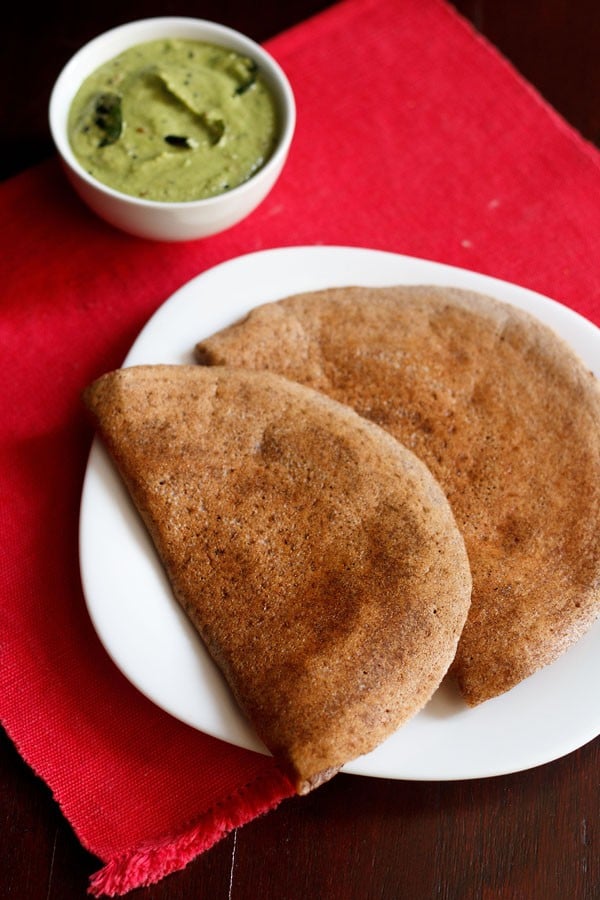
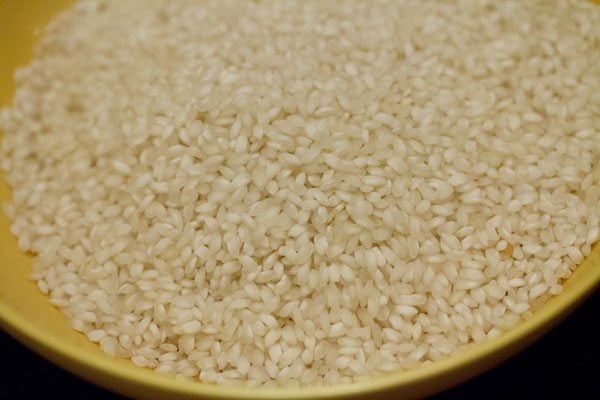
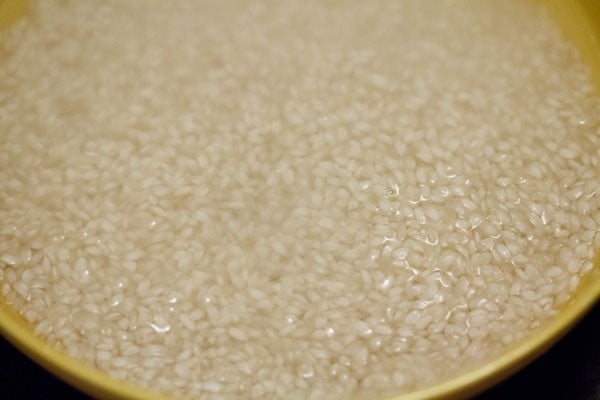
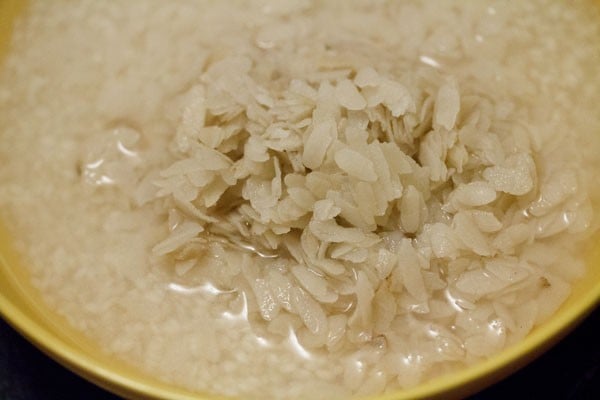
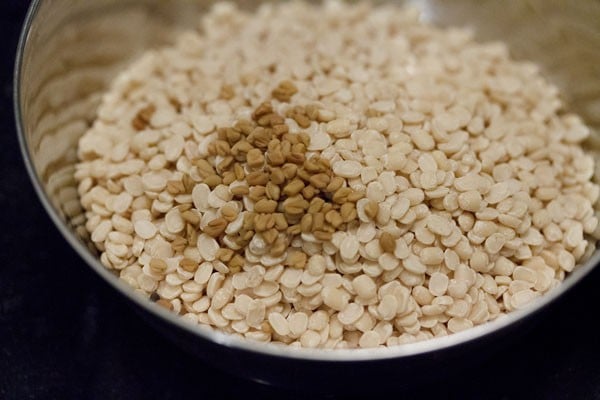
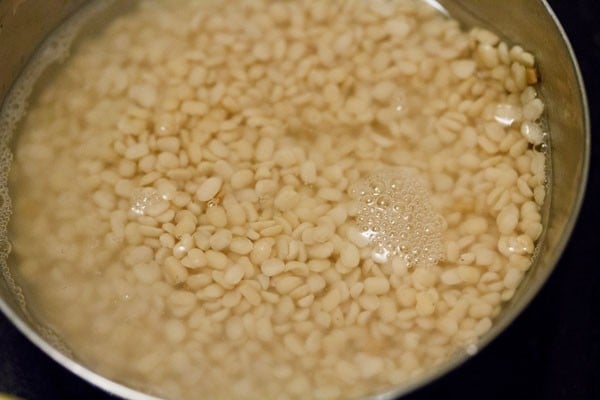
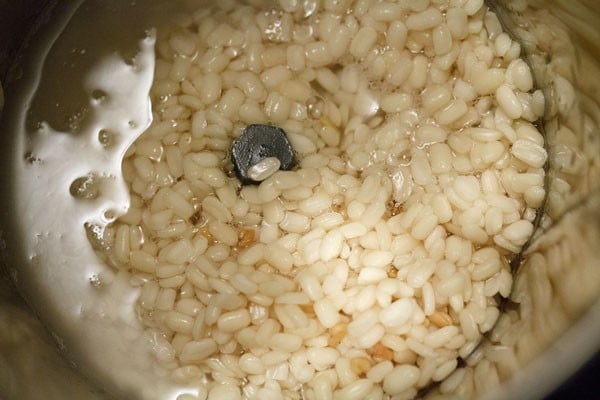
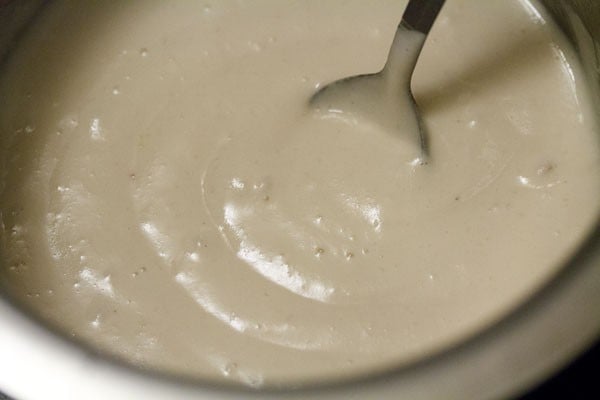
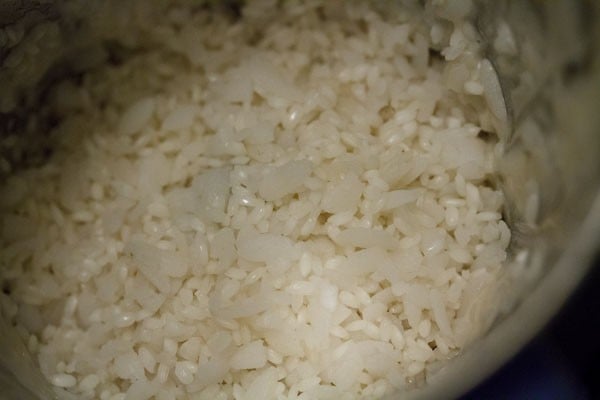
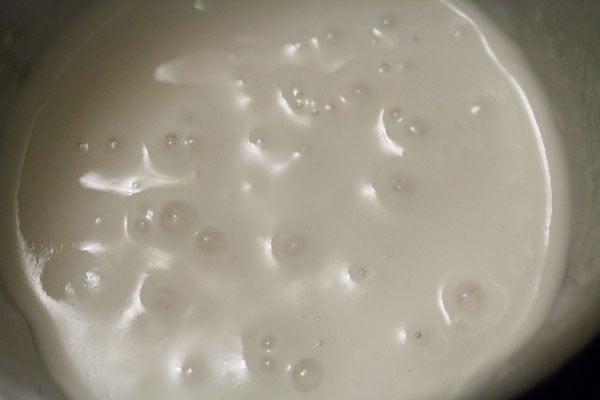
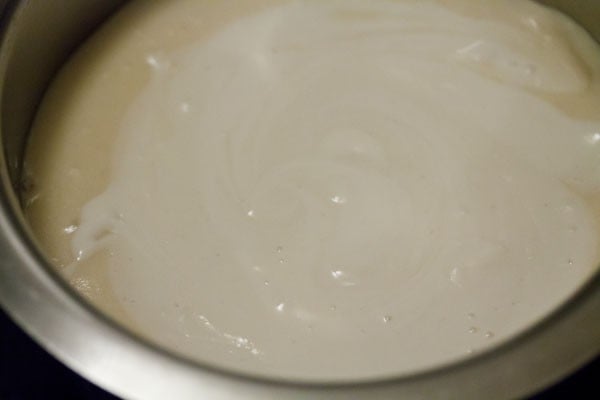
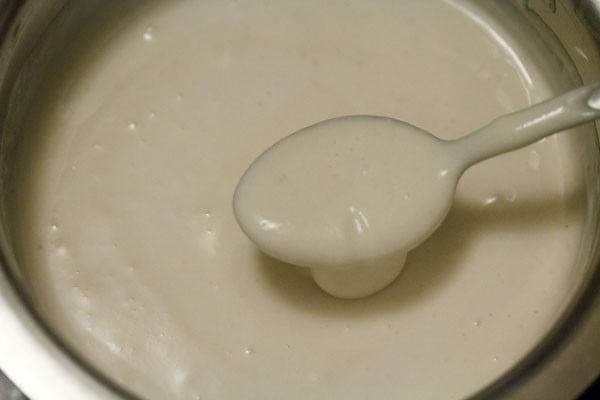
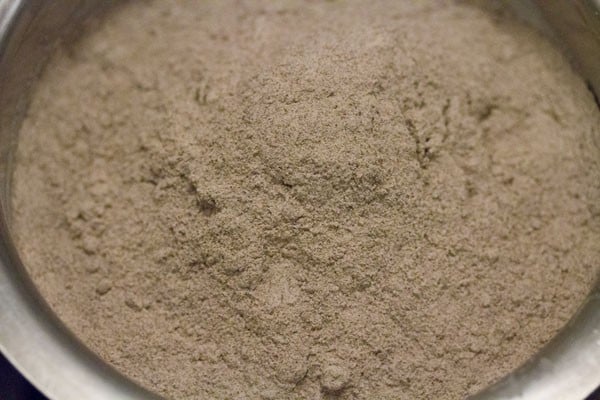
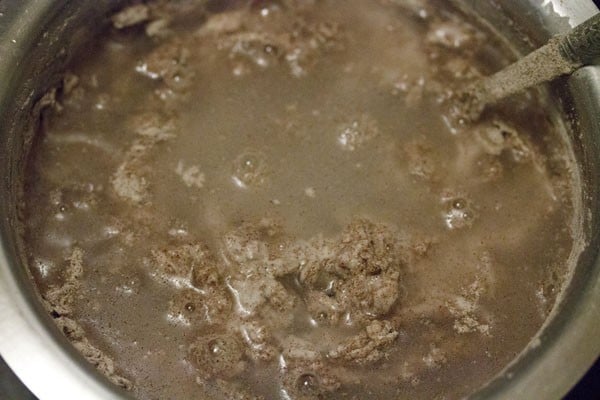

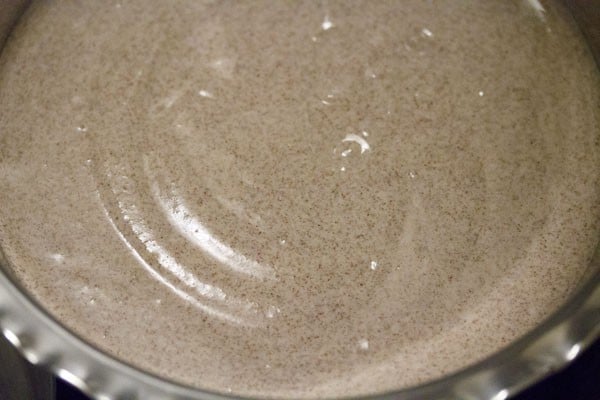
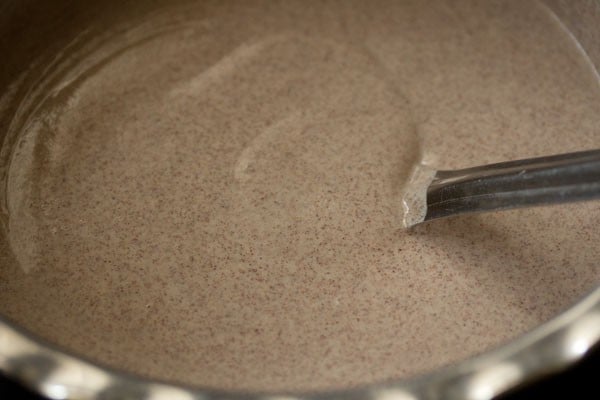
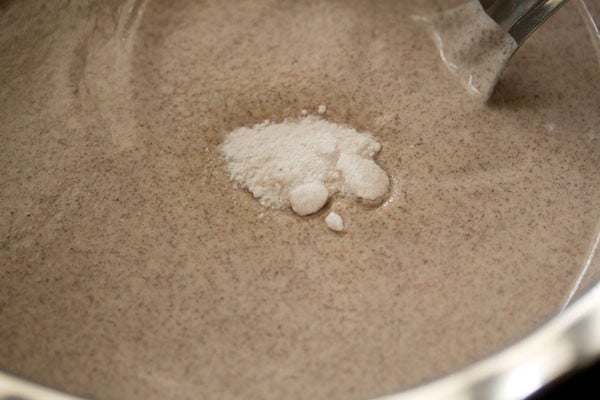
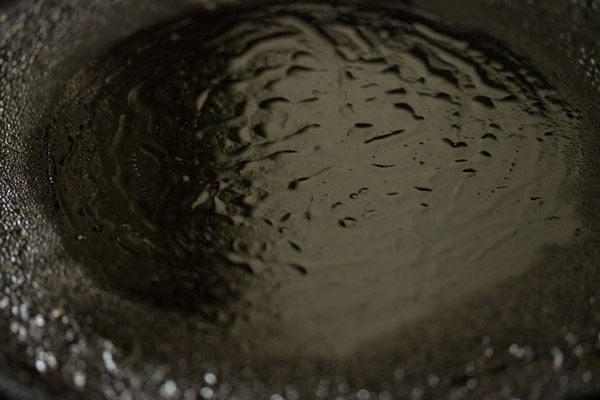
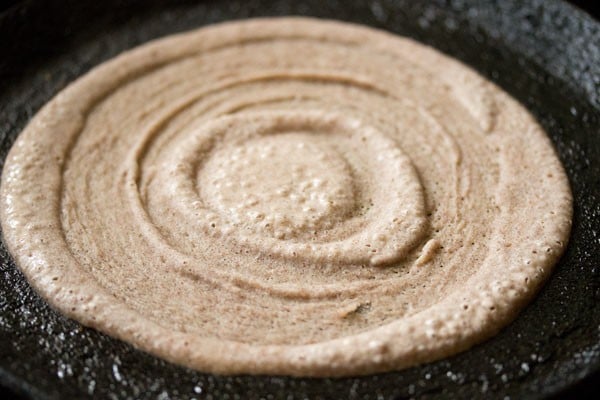
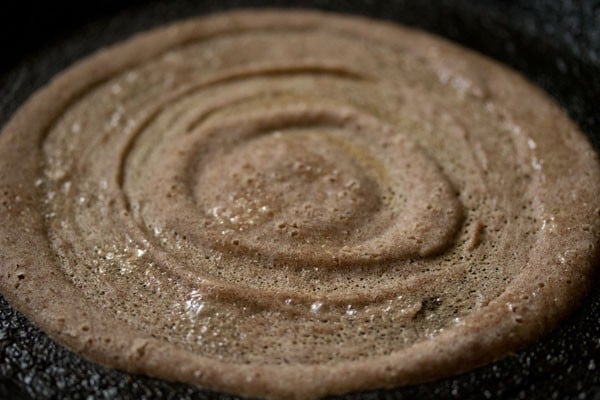
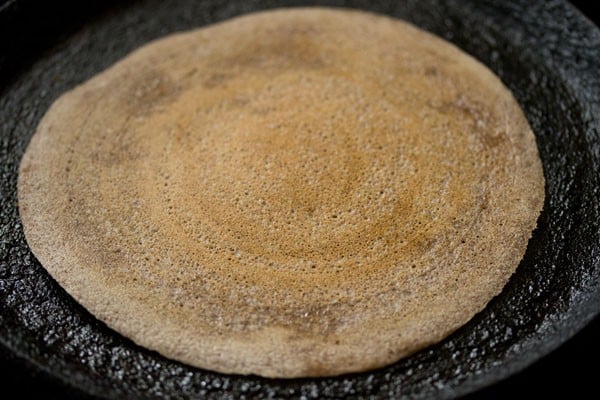
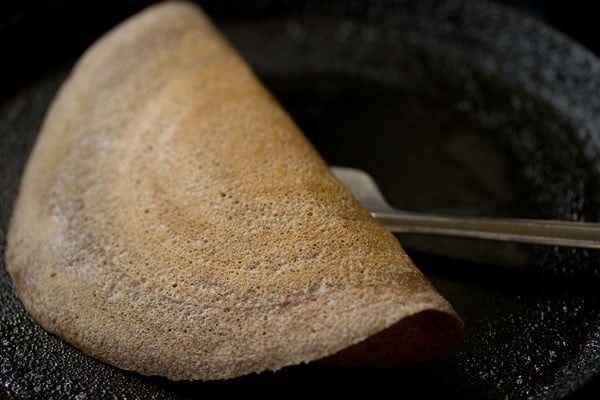
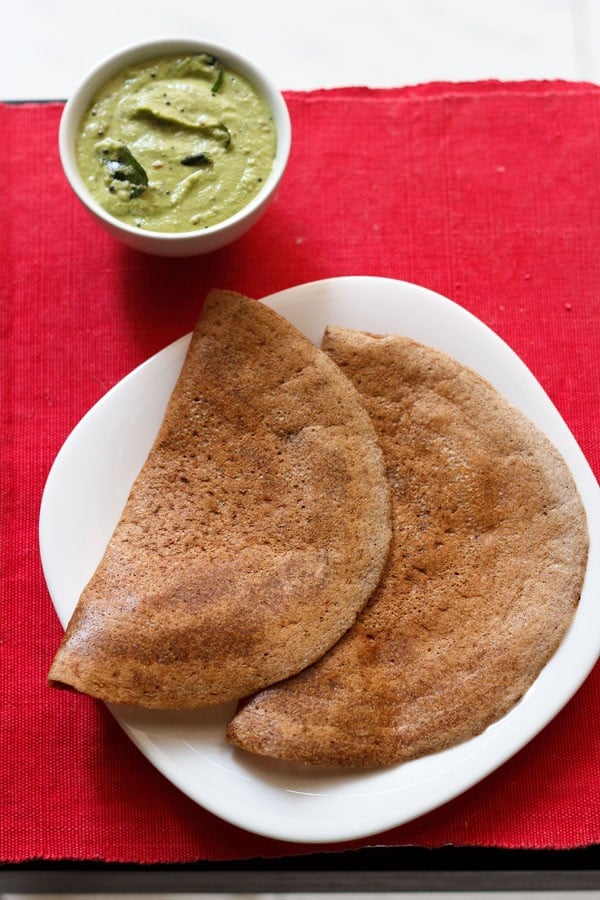
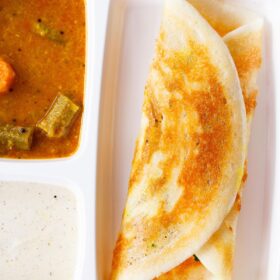
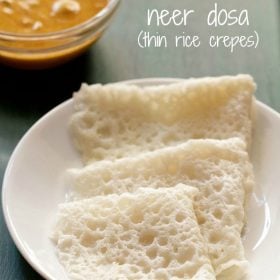
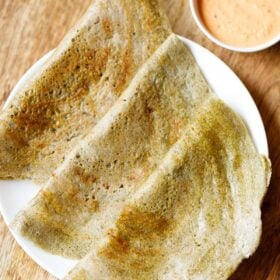
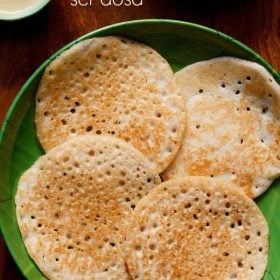
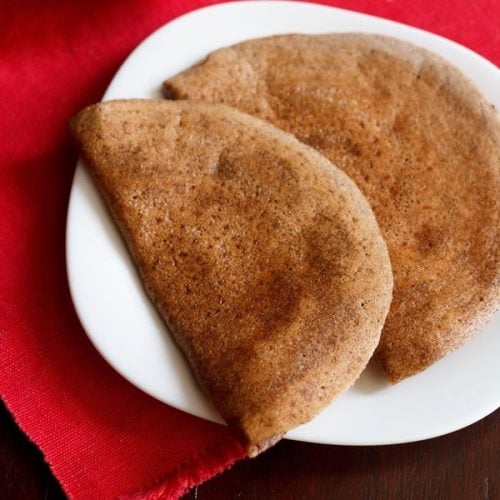
title: “Ragi Dosa Recipe Nachni Dosa " ShowToc: true date: “2024-09-24” author: “Jackson Hawkes”
About Fermented Ragi Dosa
The vegan fermented Ragi Dosa recipe is made with a fermented dosa batter, like the regular classic Dosa. This one thus, has a longer process, since there are different batters that need to be ground and then mixed to get the final batter. It is also takes time, as the final batter needs to be kept for fermentation for best dosas. But is a better tasting and more healthier version than the Instant dosa made with ragi flour. Ragi or finger millet is a healthy seed and I do include them wherever I can. I make the Ragi Dosa with ragi flour and not the ragi seeds. However, you can make this dosa by soaking and grinding finger millet seeds as well. With the Fermented Ragi Dosa batter, you can even make yummy and hearty idli. I have also shared the recipe of Ragi Idli made with this batter. These dosas are both crisp and soft, and the idlis too are also soft and fluffy. So, you can make both idli and dosa with this batter. Like regular dosa, this Fermented Ragi Dosa also pairs well with coconut chutney, coconut-garlic chutney and sambar or even idli-dosa podi (dry chutney).
How to make Fermented Ragi Dosa
Soak Rice and Lentils
- Take 1 cup idli rice or parboiled rice (ukda chawal, sela chawal) in a bowl.
- Rinse the rice a couple of times with clean water. Add 1 to 1.5 cups water and keep aside.
- Rinse ¼ cup thick poha (flattened rice) once or twice and add to the rice bowl. Mix very well. Cover and keep aside to soak for 4 to 5 hours.
- In another bowl, take ½ cup urad dal and ¼ teaspoon fenugreek seeds (methi). 5. Rinse both for a couple of times. Then, soak both the urad dal with the fenugreek seeds in 1 cup water for 4 to 5 hours.
Make Urad Lentil Batter
- After 4 to 5 hours, drain the urad dal and add in a mixer-grinder jar. Also, add water in parts. Initially, I added ¼ cup water and blend or ground for some seconds. Then, I added ¼ cup water and continued to blend.
- Grind the urad dal and fenugreek seeds until you get a smooth and fluffy batter. While grinding, add water in parts. I added a total of ½ cup water for grinding urad dal. Once the batter is ground well, then pour the urad dal batter in a bowl or pan.
Make Rice Batter
- Next, drain the rice, poha and add them to the same mixer-grinder jar. Depending on your jar capacity, you can grind the rice in 2 to 3 batches. For the first round, I used ½ cup water and for the next round, I added ¼ cup water. So overall, I added ¾ cup water for grinding rice.
- Grind the rice till smooth or a fine granular consistency in the batter is also fine. While grinding, if the mixer-grinder becomes hot, then stop. Once the grinder cools down, then continue to grind.
Make Ragi Dosa batter
- Pour the rice batter in the same bowl containing the urad dal batter.
- Mix both the batters very well.
- Now, add 1 cup ragi flour (nachni or finger millet flour).
- Then, add ½ cup water. You can adjust the quantity of water, depending on the consistency of the batter.
- Mix very well with a wired whisk, spoon or with your hands. Break the lumps, if any. Mix to a smooth batter. A bit of handwork is required while mixing the ragi flour with the dosa batter. Alternatively, you can mix the ragi flour in ½ cup water in a separate bowl. Then, add this ragi batter to the rice and lentil batter. There would be no lump formation this way and also less strain while mixing.
- Cover the bowl or pan with a lid and let it ferment overnight, 8 to 9 hours or more depending on the temperature conditions in your city. The batter will increase in volume and double up. Note that in a cool or cold climate the batter will take more time to ferment. To speed the fermentation process, keep the batter bowl in a warm place in your kitchen.
- The dosa batter after fermentation on the next day. If the batter does not increase in volume, then add 1.5 to 2 tablespoons of curd ot yogurt and ¼ teaspoon baking soda in the batter. Mix very well. Let the batter rest for 30 minutes and then proceed to make dosa or idli.
- Add salt and mix very well. I added salt the next day, due to it being a cold season here. In a warmer climate, add salt before you keep the batter for fermentation.
Cook Ragi Dosa
- Heat an iron skillet/tawa or a non-stick pan. Dip half of an onion in oil and smear the oil on the iron tawa or griddle. If using non-stick pan, then don’t smear oil. Use a well seasoned pan so that the dosa does not stick on to it.
- Pour a ladle of the batter and quickly spread the batter with the help of ladle in a circular motion. If the batter is too thick for you to spread, add a few tablespoons of the water in the batter to change the consistency. Mix well and make dosa.
- Let one side cook. Drizzle ½ to 1 teaspoon oil on the top and sides.
- Flip and cook the other side of dosa till crisp and browned. Instead of cooking the dosa on both sides, you can just cook one side.
- When both the sides are cooked and crisp, remove the dosa. Make the dosa in batches using up the remaining batter. Keep any leftover in the fridge and use it within 2 to 3 days to make ragi dosa, or ragi Uttapam or ragi Paniyaram.
- Serve this healthy fermented Ragi Dosa hot or warm. Any leftover batter can be refrigerated for a couple of days.
What is Ragi
Ragi, also known as finger millet or red millet, is an ancient grain that first originated in South Africa and later came to India. In India, Karnataka is one of the top producers of ragi. In rural areas of South Karnataka, ragi is consumed as a staple food. These are tiny reddish seeds of the Eleusine Coracana plant. Just like this Ragi Dosa, mane other dishes are made using this grain, especially in the cuisines of Maharashtra and Karnataka. In Maharashtra, finger millet or ragi is also called as nachni. It is also known as mandua in Hindi, kezhvargu in Tamil and ragulu in Telugu. In India, ragi dishes are commonly fed to infants, lactating mothers and people recovering from illnesses. As ragi is easily digestible and very nutritious.
Culinary Uses of Ragi
In India, ragi is used to make the Ragi Dosa along with various other dishes like flatbread (rotti), idli, vermicelli, pudding, porridge, sweets, cookies, cakes and even breads. There is a special dish of ragi balls known as Ragi Mudde, which is a speciality from the cuisine of Karnataka. Nachni Ladoo, Ragi Rotti (bhakri and other flatbreads) and ragi papad are some popular ragi recipes from Maharashtrian cuisine. Just like I love this Ragi Dosa, I also love the Ragi Porridge (also known as ragi malt) made with milk or water and jaggery. This is even a great food option for infants, kids and people recovering from illnesses.
Expert Tips
Please be sure to rate the recipe in the recipe card or leave a comment below if you have made it. For more vegetarian inspirations, Sign Up for my emails or follow me on Instagram, Youtube, Facebook, Pinterest or Twitter. Masala Dosa Recipe (Mastering The Perfect Batter & Filling) Neer Dosa | Neer Dose (Soft Rice Crepes) Pesarattu Recipe | Andhra Style Moong Dal Dosa Set Dosa | Soft Sponge Dosa Recipe This Ragi Dosa recipe from the archives first published in May 2011 has been updated and republished on February 2023.




























